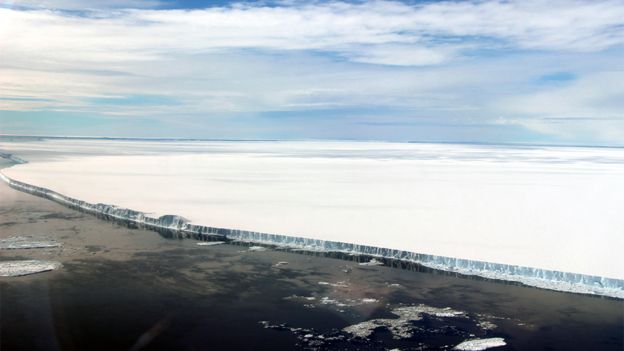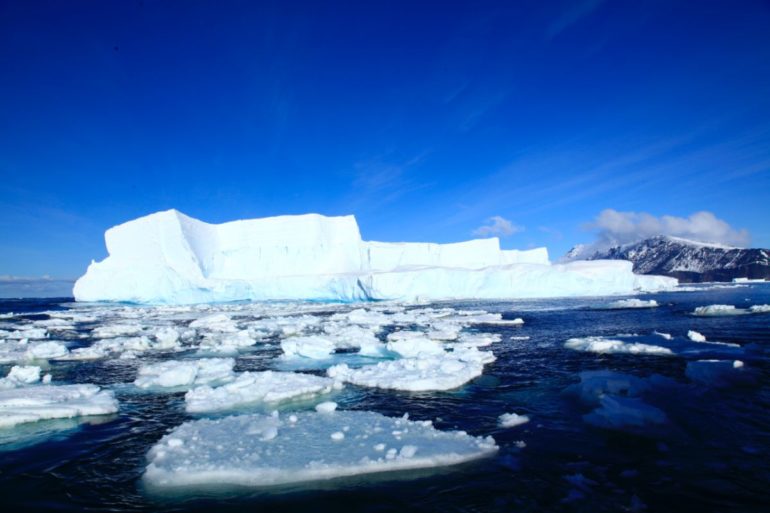The world’s largest iceberg, A-68 just got smaller. Reportedly the iceberg began to shed a massive chunk of ice, measuring at 67.5 mi. that is around 157 square km. Footage by the European Space Agency’s Sentinel-1 satellite revealed the slow collapse of this iceberg. The gigantic chunk of ice then drifted into the Antarctic Peninsula waters. Scientists believe that climate change is one of the main reasons behind the unstoppable collapse of the Western Antarctic ice sheet.

What’s In It?
The size of the A-68 glacier has visibly decreased, now that a massive chunk is shedding off. Keeping this context in mind, scientists claim this is the beginning of the end for the world’s largest glacier. It’s assumed that this glacier might gradually start to split into smaller pieces. This is the second major event of an A-68 iceberg splitting apart, since it calved away from the Larsen C Ice Shelf in July 2017. But as per glaciologist Adrian Luckman, this current event represents the beginning of the end for this iceberg. He revealed that the has been following this iceberg for the past three years. And the final breakup of the world’s largest iceberg has started. But the destruction of ensuing fragments may take years.
Is this the beginning of the end for Iceberg A68? @ESA_EO #Sentinel1 captures a 175 sq km piece breaking off on 23rd April. At more than 19 km long, this new iceberg will probably get its own name pic.twitter.com/9CkqVhiL7b
— Adrian Luckman (@adrian_luckman) April 23, 2020
You will be surprised to know that even though A-68 boasts to be enormous, it’s spectacularly thin. Luckman added that the aspect ratio of A-68 is more like a credit card than an iceberg. He expressed that it amazes how something so thin and fragile can survive for so long in the open sea. The name A-68 comes from a classification system where the Antarctic is divided into quadrants. Since this iceberg split apart from the Larsen C Ice Shelf in the Weddell Sea, it got an ‘A’ designation. And 68 was the latest number in the series of massive calvings in that sector.

Also Read: Expansive Coronavirus-Themed Grass Graffiti Unveiled In Swiss Alps
What’s More?
Since A-68 is remarkably thin, it’s more vulnerable to strong currents and warm temperatures in the north of Antarctica. So further breaking off and splitting up of the iceberg is inevitable. Luckman stated, following this, A-68 might no longer exist. But he also added that the world’s largest iceberg will continue to live for many years through its constituent chunks. These chunks will form the edges and many will be large enough to have their own names. This includes the chunk that recently calved. Did you know Antarctica Is The Only Continent In The World That Hasn’t Reported Even A Single Coronavirus Case?





